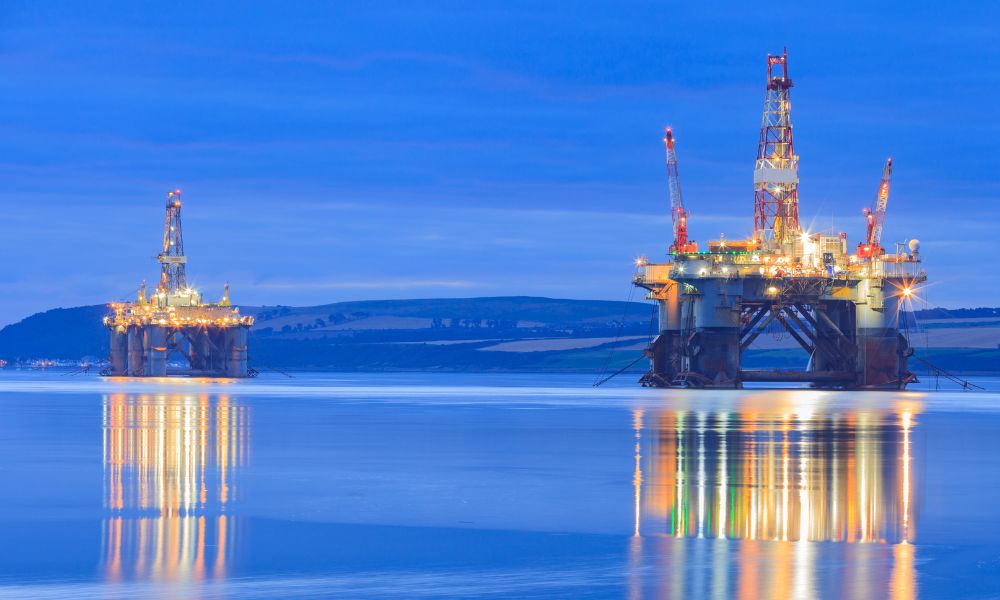
02 Dec Important Facts To Know About Offshore Oil Rigs
We’re sure you know what an offshore oil rig is, but do you know much about them? These large structures in the water serve a purpose. Here are a few important facts to know about offshore oil rigs.
Offshore Oil Rig Economic Contribution
Offshore oil rigs keep the economy going. They supply the oil and gas industry with oil, provide jobs for locals, and produce revenue to keep the economy active.
Oil rigs also increase the United States’ energy production. By 2035, offshore rigs could produce around 3.5 billion barrels of oil daily.
Use Modern Technology and Innovations
Modern technology has advanced and transformed offshore drilling platforms and rigs. Researchers continue to find ways to prevent pipeline clogs and oil spills. Plus, jobs are becoming safer and more efficient with the introduction of innovative technologies. You can now find submersible helicopters, reservoir robots, and electromagnetic heating on today’s offshore oil rigs.
Oil rig lighting is also advancing and keeping employees safer on the job. Brighter LED lights illuminate more surface area for staff to see and move around when the sun has set. The introduction of automation significantly improves safety on the rigs.
Create New Reefs
Since offshore oil rigs don’t move, many have become reefed. These marine infrastructures are home to much marine life. You could dive off a reefed rig and swim among many fish, seals, sharks, and other sea life. A typical eight-legged structure could be home to more than 12,000 fish! How crazy is that?
Different Types of Drilling Rigs and Platforms
Oil companies invested billions of dollars in developing offshore platforms and rigs. These massive structures can withstand storms and other natural phenomena. On top of that, they can dig into the depths of the sea floor.
These businesses use mobile offshore drilling units, or MODUs, to drill deep wells. This jack-up rig sits on a barge that keeps it safe from the raging water by expanding its legs.
Drillships appear to be standard sea vessels, but they have a hole in the hull where a worker pilots the drill. Another type is a submersible that operates on top of a submerged pontoon.
Understanding more about offshore oil rigs can help you discover why we need them in the first place. These gigantic pieces of equipment assist the world, and they’re becoming increasingly safe and sustainable.


